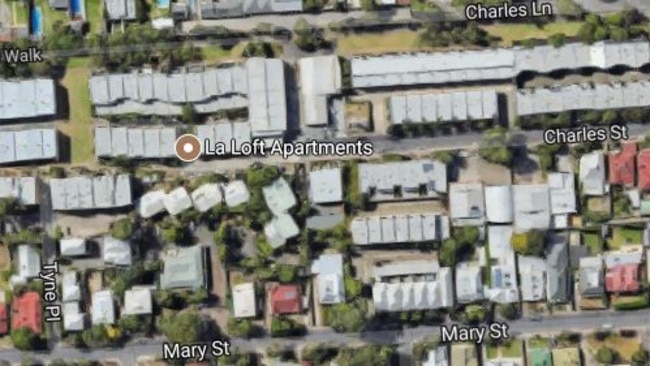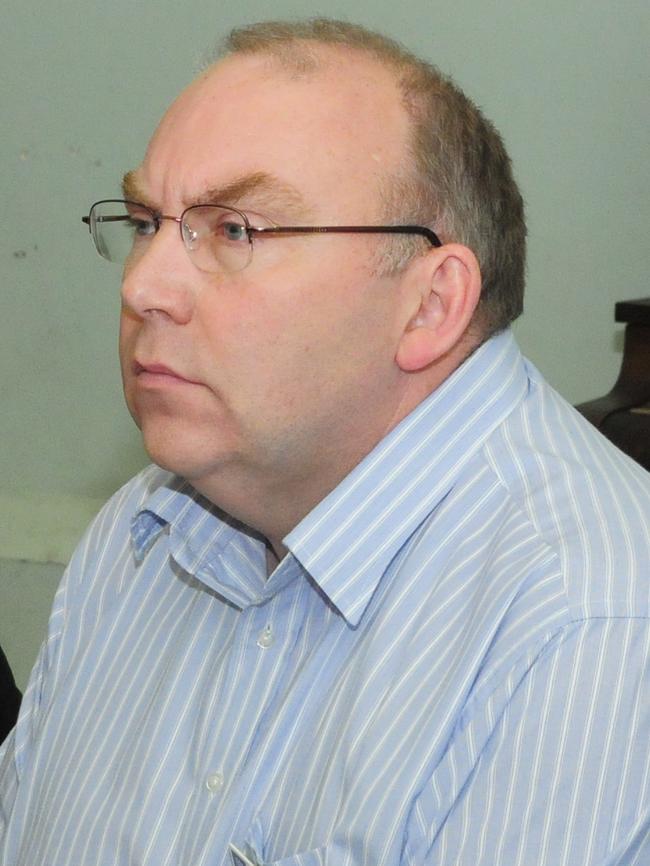EPA tests for toxic TCE vapours in Unley show no dangers
UNLEY residents can relax after tests by the EPA for potentially toxic vapours from the same chemical that caused evacuations at Clovelly Park showed no cause for concern — but more drilling is ahead.

SA News
Don't miss out on the headlines from SA News. Followed categories will be added to My News.
- EPA to test soil in Unley for TCE contamination after vapour found
- Parklands playground closed after soil contamination
- Adelaide groundwater contamination scandal spreads
- Weatherill apologises for contamination inaction
UNLEY residents can breathe easy after tests by the Environment Protection Authority for potentially toxic vapours rising from contaminated groundwater showed no cause for alarm.
Results from 22 temporary bore sites drilled to a depth of 1m on footpath verges checking for the concentration of the chemical trichloroethylene (TCE) in the air spaces between soil particles found none at levels of concern for health.
TCE vapour caused the evacuation of homes at Clovelly Park and the demolition of 25 buildings after it was found in high concentrations inside homes.
The tests in Unley commenced in May after an EPA-accredited auditor detected traces of the vapour while checking a property application for redevelopment and reported it.

TCE is a made-made chemical once widely used as a degreaser and was routinely — and legally — poured on the ground for disposal.
In some areas it has seeped into the watertable resulting in potentially dangerous vapour rising and in some cases concentrating inside homes.
The EPA has sent letters to residents of about 300 properties bounded by Charles Lane, Tyne Place, Mary St and Little Charles Lane advising them ‘all properties in the Unley assessment area are considered by the EPA to be safe from soil vapour intrusion. No detections of chemicals above criteria for residential land use were identified’.
The letter reminds residents not use bore water for any purpose.
Home grown fruit and vegetables are considered safe to eat provided they are not watered with bore water, and rainwater is safe to use.
EPA Director of Science and Assessment Peter Dolan said there will be further drilling later this year to assess the extent of contamination in the groundwater.
“The chemical is human made so the fact we have detected very low levels of vapour in some areas means it is coming from somewhere, so we will drill to the groundwater to see how widespread it is” he said.
The legacy of past industrial practices has seen the EPA testing for TCE groundwater contamination in areas including Marleston, Clovelly Park-Mitchell Park, Beverley, Woodville West and Woodville South, Edwardstown, Elizabeth (GM Holden), Glenelg East, Keswick, Hendon and South Plympton.



